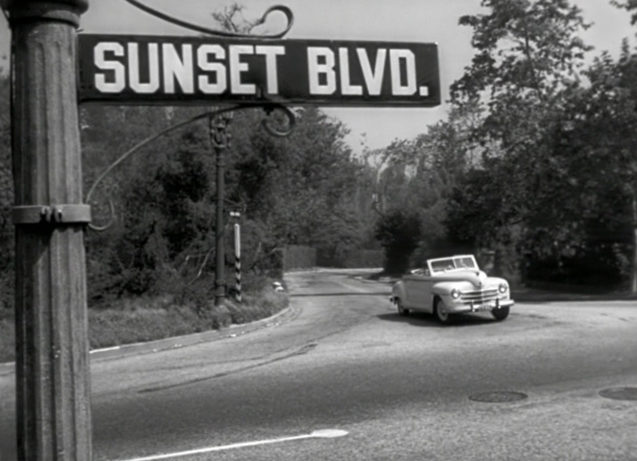If and when driverless cars become the way to travel, whether that day is approaching as fast as Elon Musk thinks or if it’s a further patch down the road, the ramifications will be many. Car ownership won’t be required, nor will it even be necessary for fleets of taxis to be “owned” in any traditional sense. Traffic fatalities will likely plummet, and there should be a salubrious impact on the environment. Of course, the bottom will be pulled out from under the middle class should driving jobs (and all the other enterprises they support) disappear.
Even smaller changes will snake their way through our streets and highways. Case in point: The sun will set on the SUNSET BLVD. street sign and all the rest. Signage won’t be required to direct vehicles and pedestrians provided real-time mapping and augmented reality are adequately developed.
From an Adrienne LaFrance article at the Atlantic:
A map that’s unchanging is actually a map that’s inaccurate. Reality, including the places around us, is always in flux.
Increasingly, digital mobile maps reflect this more liminal state, and—with the help of satellites and GPS and traffic reports and street-level photography—do so with improved precision. (Incidentally, Uber is embarking on its own mapping efforts so it can rely less on Google.) That precision will matter more and more as we head toward a future in which the markings of human-made maps will be read by computers, like the machines that will drive themselves from one place to the next with us sitting inside of them.
And when that happens, the other markers of the old world—like street signs—will eventually disappear. The idea of a city without street signs is a bit startling. Or it was to me, anyway, when my colleague Ian Bogost wrote about it last month. He touched on the same thing that preoccupied the Uber driver I spoke with. Modern maps are free, but they’re enormously valuable.
Google or Apple might restrict access to their mapping services in areas that don’t adopt political positions convenient to their corporate interests. They might even elect to alter the physical environment accordingly. In America, street signs are yoked to signage built for human drivers, mounted atop traffic signals and stop signs. Once those devices aren’t needed, their attached markings might also disappear. Perhaps tech giants could persuade municipalities to remove street signs and markers to realize cleaner, less distracting urban conveyance via the synergy of app-street-and-car transit networks.
It’s jarring to imagine a physical world stripped of these familiar markers, but street signs have already changed dramatically since the early mile markers that dotted the roads of ancient Rome.•
Tags: Adrienne LaFrance

